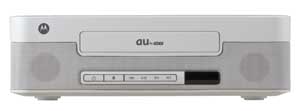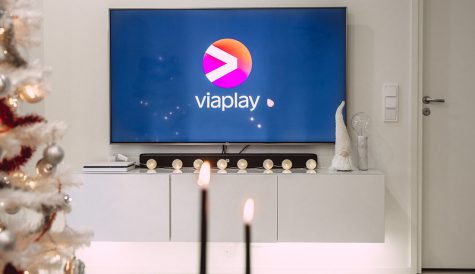Home networking
IP-based networks can support the movement of multimedia around the home, and service providers are looking to home networking to differentiate their offers.
One of the key benefits of IP – in theory at least – is that it can enable the transfer of media, including video, between devices in the home.
Ericsson (IBC D.161) has placed convergence at the centre of its IPTV eco-system, based on IMS to enable operators to feed multiple platforms with a single infrastructure. The Ericsson IPTV middleware is designed to enable DLNA-based content sharing, and enables multi-device applications such as instant messaging on the TV, incoming call notification and parental control via the mobile phone. Ericsson is also supporting the vision of a networked home, based on IP, with hardware products.
 “There is a lot of thought today about how IPTV providers can help subscribers enjoy multimedia content on more devices in the home and do that in a standardised and cost-effective way,” says Leif Björklund, head of IPTV solutions at Ericsson. The company provides a Connected Home Gateway, which acts as a single point of entry for remote access, IPTV and communication services, such as multimedia telephony into the home.
“There is a lot of thought today about how IPTV providers can help subscribers enjoy multimedia content on more devices in the home and do that in a standardised and cost-effective way,” says Leif Björklund, head of IPTV solutions at Ericsson. The company provides a Connected Home Gateway, which acts as a single point of entry for remote access, IPTV and communication services, such as multimedia telephony into the home.
Microsoft (IBC Topaz) has also emphasised its ability to offer IPTV subscribers the ability to view content across multiple devices, and to enable operators to deploy a ‘three-screen’ strategy, delivering content across TV, PC and mobile screens. “The area of multi-screen video delivery is a huge opportunity for operators and service providers,” says Stephen Petheram, director, media services EMEA and APAC, Microsoft Mediaroom.
Companies that are active in the hardware space, including Motorola (IBC 1.F30) and Thomson (IBC 1.E02), already provide specific solutions for home networking. At the show, Motorola plans to demonstrate how to deliver TV services around the home and beyond with transport gateways, home networking, transcoding and remote management. It will show how its TuVista application enables operators to package and deliver video services to mobile devices, and demonstrate how operators can extend the reach of video services over wireless broadband technologies including WiMAX and LTE. “We’re developing next-generation video solutions that encompass everything from IP set-tops, home gateways, fibre access networks, on-demand content solutions, content processing solutions, device management, and a service delivery platform for providing personalised content and advertising to the TV set,” says Steve Farmer, strategy and business development director, Motorola home and networks mobility. “We’re also following key trends such as media mobility – moving content between devices both in and out of the home – over the top content, home networking, distributed on demand content solutions, HDTV and HDTV processing, and improving customer loyalty through home management, delivering personalised experiences, and of course, delivering more bandwidth to the home.” Farmer cites as an example Motorola’s involvement in developing a new standard to enable the transfer of media including HD video over wireless using Wireless Home Digital Interface (WHDI) technology. Motorola is a strong advocate of the home gateway model, and believes that this will enable cable operators, which do not transport video to the home over IP networks, to be able to compete in the home-networking space: “We’re hearing from a number of operators that a device serving as an RF entry into the home, facilitating an IP-based home network distribution model, is key to providing current and future services.”
Thomson, like Motorola, believes the use of DLNA-enabled set-top boxes and other devices will be key. “There is no doubt that this is what consumers want: to be able to access the content wherever they are, on whatever device is most convenient at the time,” says Romain Waller, general manager, set-top boxes business unit, Thomson. To deliver content to multiple devices, Thomson also emphasises the use of cellular technology. “Thomson has a number of solutions in this area which are being taken up by network operators, using both Wifi and 3G to provide the mobility around the home,” says Waller. “WiFi is ideal for devices which incorporate both screens and intelligence to control as well as access content. The ubiquity of cellular technology makes this another requirement, and Thomson is supporting femtocell programmes to enable more use of 3G phones within the home, including as viewing devices.”



